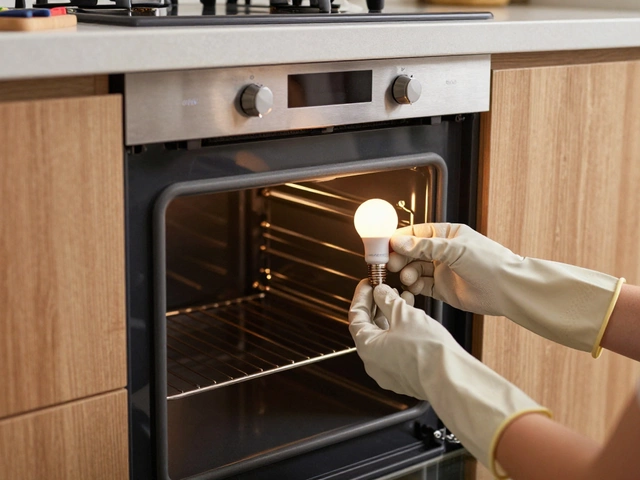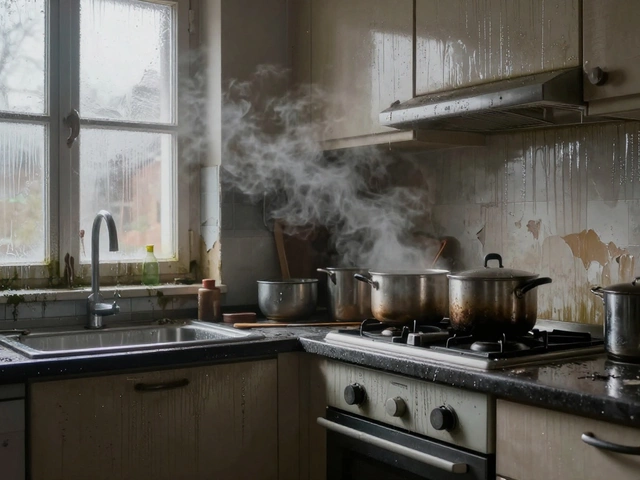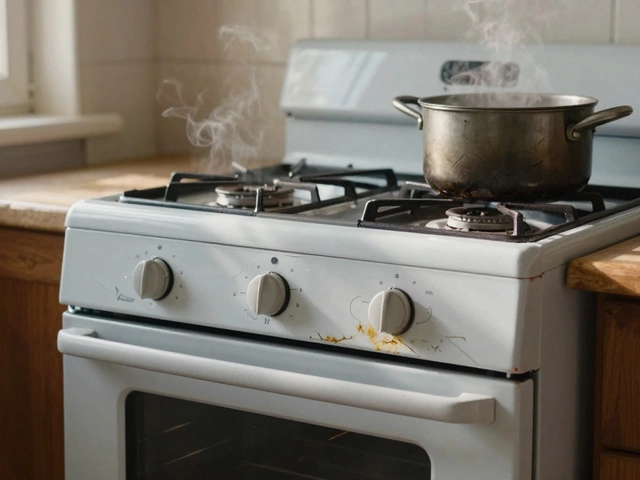Heat Pump Problems: What Goes Wrong and How to Fix It
If your heat pump isn’t keeping your home comfortable, you’re probably wondering what’s up. Most heat pump issues are easy to spot, and many can be solved without a pricey service call. Below we break down the typical culprits, give you step‑by‑step checks, and tell you exactly when it’s time to call a professional.
Typical Heat Pump Issues
1. Not blowing warm air. The most common complaint is a cold house in winter. This can happen if the thermostat is set wrong, the outdoor unit is blocked by debris, or the refrigerant level is low. Start by confirming the thermostat setting, then clear any leaves or dirt from the outdoor coil.
2. Strange noises. Rattles, squeals, or humming can signal loose fan blades, a failing motor, or a worn‑out compressor. Turn off the unit, open the service panel, and look for any loose screws or bent parts. Tightening a loose bolt often stops a rattling sound.
3. Short cycling. If the heat pump turns on and off every few minutes, the outdoor sensor might be dirty or the filter could be clogged. Clean the air filter and wipe the sensor with a soft cloth. If the problem persists, the thermostat may be misreading the temperature.
4. Ice build‑up on the coils. In colder weather, the outdoor coil can frost over, cutting off heat flow. Most modern units have a defrost cycle; if it never kicks in, the defrost timer or sensor may be faulty. You can manually defrost by turning the unit off for 30 minutes, then restarting it.
5. Water leaks. A drip from the indoor unit usually means a clogged condensate drain. Use a wet‑vac or a plumber’s snake to clear the line. If the drain pan is cracked, replace it – it’s a cheap fix that prevents bigger damage.
DIY Troubleshooting Tips
Before you dial a repair service, run through this quick checklist:
Step 1 – Reset the system. Turn the thermostat off, wait 30 seconds, then turn it back on. This can clear minor electronic glitches.
Step 2 – Check the power. Make sure the breaker isn’t tripped and the outdoor unit’s disconnect switch is on.
Step 3 – Inspect the filter. A dirty filter restricts airflow and forces the unit to work harder. Replace or clean it every 30‑60 days.
Step 4 – Clear the outdoor area. Remove leaves, grass, and any objects within two feet of the coil. Good airflow is essential for proper heat exchange.
Step 5 – Listen for the compressor. You should hear a steady hum when the unit is running. If it stops abruptly or sounds uneven, the compressor may need professional attention.
When any of these steps don’t solve the problem, it’s smart to call a qualified technician. Heat pumps involve refrigerant, electrical components, and precise pressure settings – things that require proper tools and certification.
At Hinckley Home Appliance Repair Services we specialize in heat pump repair for the Hinckley area. Our technicians can test refrigerant pressure, replace faulty sensors, and get your system humming again. Whether it’s a simple filter change or a major component swap, we aim to extend the life of your unit and keep your energy bills low.
Remember, regular maintenance is the best defense against heat pump problems. Schedule a check‑up before the heating season, keep filters clean, and clear the outdoor unit each spring. A little upkeep now can save you headaches and costly repairs later.
Got a heat pump that’s acting up? Follow the checklist above, and if you’re still stuck, give us a call. We’re here to make sure your home stays warm without the guesswork.
19 July 2025
·
0 Comments
Wondering why your heat pump failed? Uncover the most common causes, warning signs, and get practical tips to keep your home's heating running strong all year.
Read more






